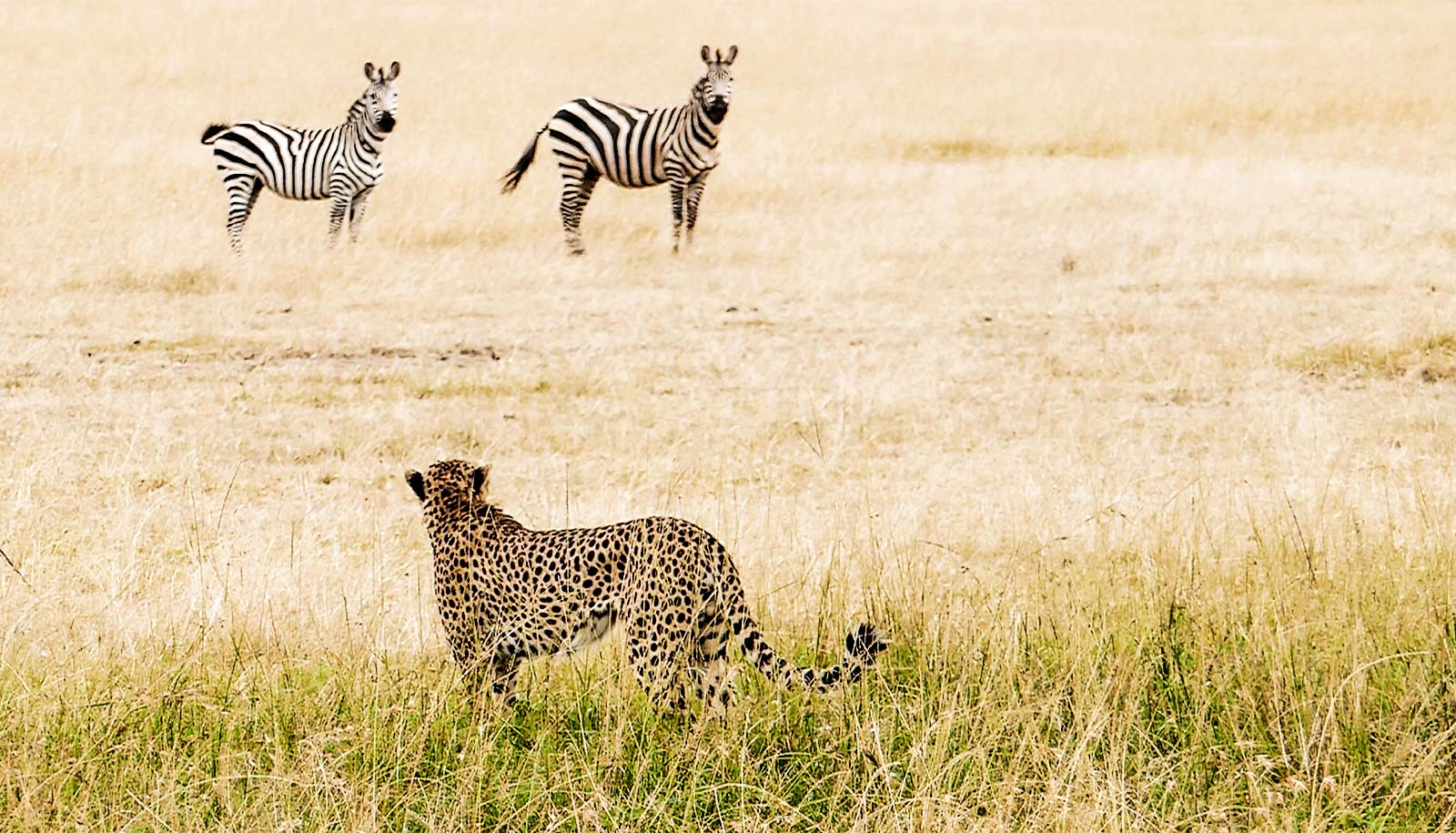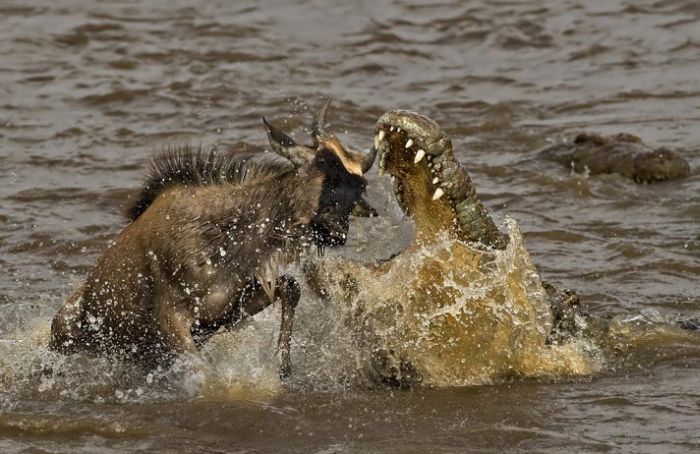

As a result, recognition behavior starts to decay and can eventually disappear altogether (Orrock, 2010). However, when pressures are relaxed following the extinction or extirpation of predators, the ability to recognize predators no longer carries a selective advantage.

Animals that can do so via sensory input and respond accordingly are more likely to survive and pass on their genetic material to the next generation. Prey species must be able to recognize their predators. Regardless of the direction, small changes in behavior may result in large overall effects that can have significant influences on conservation and ecosystem function. Because of the differences in the nature of their relationships, however, the behavioral responses of prey species following the extinction of a predator are fundamentally different than the behavioral changes incurred when predators lose a prey species. These changes may be especially widespread in species that interact directly, particularly between predator and prey species. In particular, subtle changes in behavior of conspecifics often follow the extinction of a species. Yet, the effects are often considerably less dramatic. The effects of the extinction of a keystone species, for example, can ripple through the ecosystem by releasing conspecifics from competition or disrupting ecosystem functions, while the disappearance of a mutualist can spell the demise for the species who relied on them (Koh et al., 2004 Schulze & Mooney, 1993). Recent research is starting to uncover the neural circuitry activated by predator odors, leading to hypotheses about how such activation leads to observable effects on reproduction, foraging and feeding.Single species extinctions can have rippling effects on the ecosystem as a whole. Pregnant female rodents exposed to predator odors may give birth to smaller litters while exposure to predator odors during early life can hinder normal development. Inhibitory effects of predator odors on reproductive behavior have been demonstrated, and these are particularly prevalent in female rodent species. Predator odors can have powerful effects on the endocrine system including a suppression of testosterone and increased levels of stress hormones such as corticosterone and ACTH.
Predator vs prey animals skin#
In this regard, a small number of recent studies have suggested that skin and fur-derived predator odors may have a more profound lasting effect on prey species than those derived from urine or feces. The failure of some studies to obtain repellent effects with predator odors may relate to (1) mismatches between the predator odors and prey species employed, (2) strain and individual differences in sensitivity to predator odors, and (3) the use of predator odors that have low efficacy. The repellent effect of predator odors in the field may sometimes be of practical use in the protection of crops and natural resources, although not all attempts at this have been successful. Field and laboratory studies show that predator odors have distinctive behavioral effects which include (1) inhibition of activity, (2) suppression of non-defensive behaviors such as foraging, feeding and grooming, and (3) shifts to habitats or secure locations where such odors are not present. Avoidance of predator odors has been observed in many mammalian prey species including rats, mice, voles, deer, rabbits, gophers, hedgehogs, possums and sheep. The typical sources of such odors include predator skin and fur, urine, feces and anal gland secretions.

For many mammalian species this includes sensitivity towards predator-derived odors. Prey species show specific adaptations that allow recognition, avoidance and defense against predators.


 0 kommentar(er)
0 kommentar(er)
